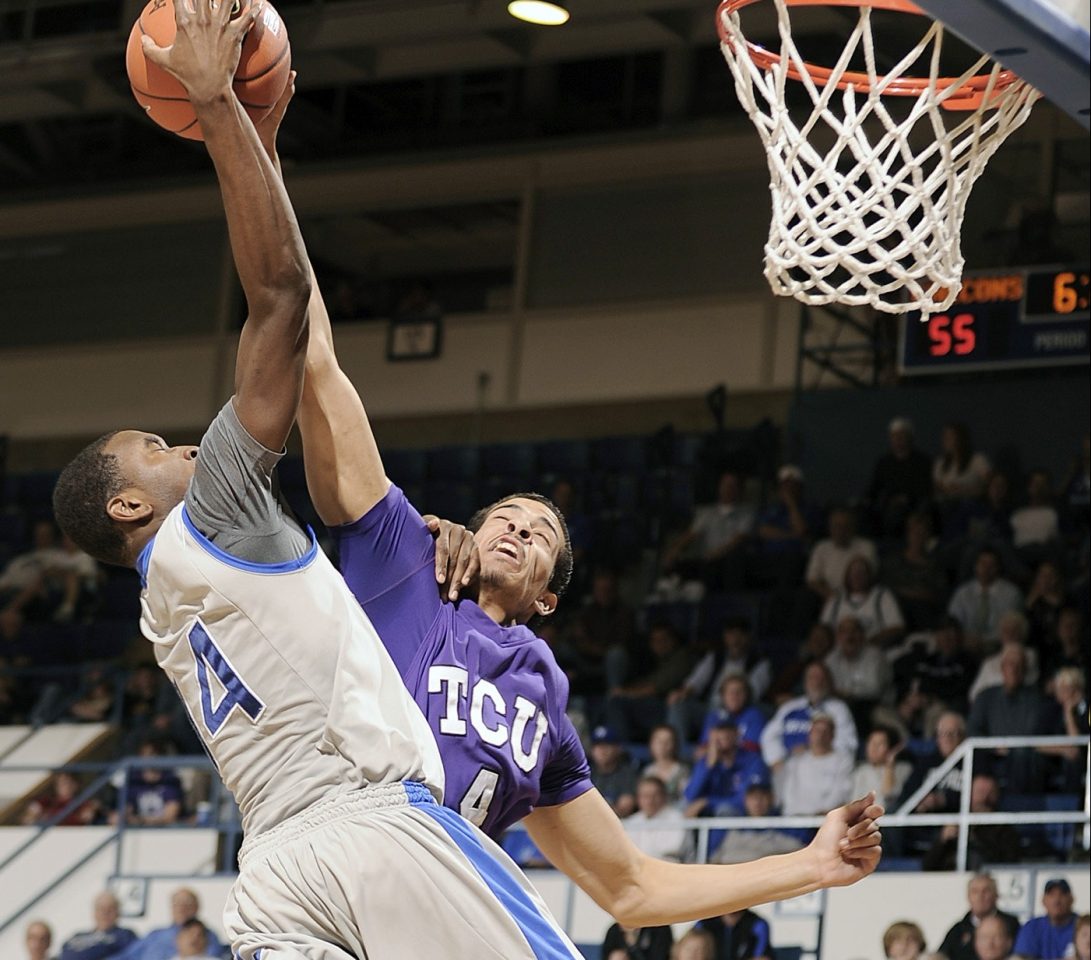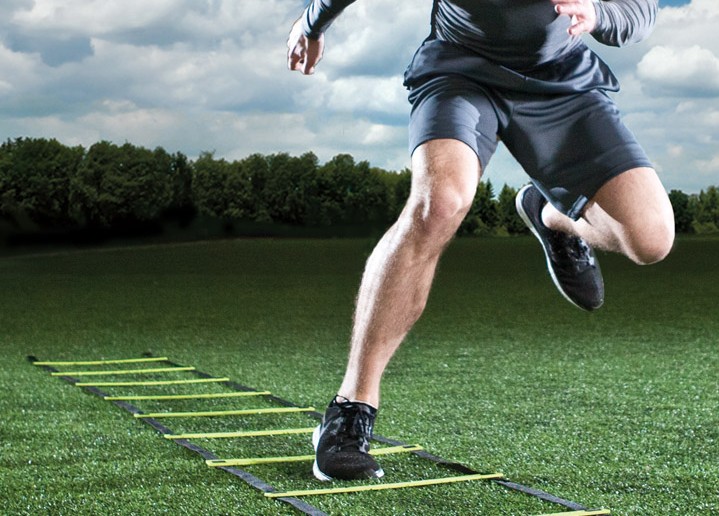How to incorporate everything into a power program
There are a number of core tools used in strength and conditioning to improve athlete power. These include increasing strength, the Olympic lifts, plyometrics, and throws. This blog is going to cover how all of these can be incorporated into a strength and conditioning program.
The first important point is that both strength and power are both physical abilities, but they are also skills. Being able to get it together and exert a maximal amount of force, or to exert force quickly, requires practice. Training either quality for six weeks before the season is not enough to prepare the athlete to both improve those qualities and learn to use them. As a result, to some extent both need to be trained year round.
Increased strength
Maximal strength should be trained at least once a week, year round. Now it doesn’t have to be at 90-100%, but fundamental and multi-joint movements focusing on exerting force needs to be an emphasis weekly. A few ways this can be done depending on your situation:
1. As its own day. For example every Monday is a strength session. This would mean doing a squat, hip hinge, press, and row that day. I like this approach best because it allows us to focus on one physical ability.
2. As part of other work. If you do this then you pick one exercise out of the session and emphasize maximal strength while you do something else with the other exercises. For example:
Power clean, 3x3x70% (power)
Back squats, 3×4-6×85% (strength)
Lunges, 3×12-15 (hypertrophy/endurance)
Reverse hypers, 3×12-15 (hypertrophy/endurance)
I’m not a fan of this approach because it sends a mixed message to the athlete and their nervous system.
Olympic lifts
Low volume, 3-5 work sets, 60-80% of maximum. Why? We want to move the weight quickly, with good technique. Fatigue (high volume) leads to slow and sloppy. Heavy weights leads to slow and sloppy. We’re not building weightlifters, we’re using these lifts to teach athletes how to apply their strength quickly.
Again, these can be done as their own session (my preference) or as part of something else (see my example above). When it’s part of its own session then this allows the athlete to really focus on this physical quality. This doesn’t even require complicated lifts, just 3-4 lifts done very well. For example:
Power clean, 3×70%
Snatch pulls, 3x6x70% of power clean or 80% of snatch
Push jerk, 3x3x50% of power clean
Plyometrics and Throws
Outside of professional athletes, there usually isn’t time to have a session 100% devoted to plyometrics or throws, which is a shame. This means that it has to be combined either with strength training or with speed/agility training. Both make sense. My preference is to combine like with like. So it makes sense to combine horizontal plyometrics with speed/agility sessions. Vertical should be done with weights. Throws can be done with speed/agility or with weights depending on the types of throws.
Once the athlete gets in-season, to save time plyometrics can be combined with the weights. Old school called this a complex. For example, squats + vertical jumps (do a set of squats, recover, do a set of vertical jumps, etc.).


